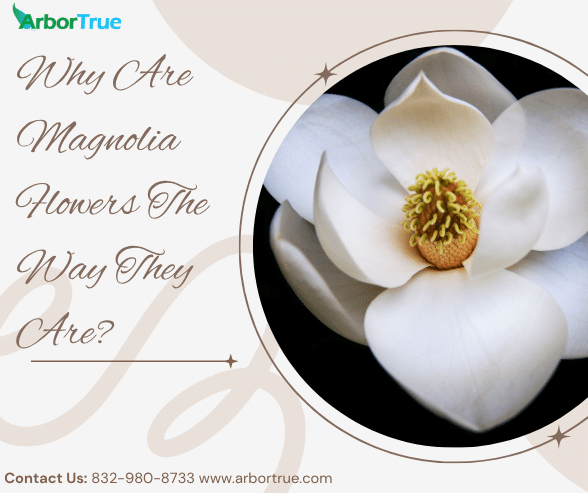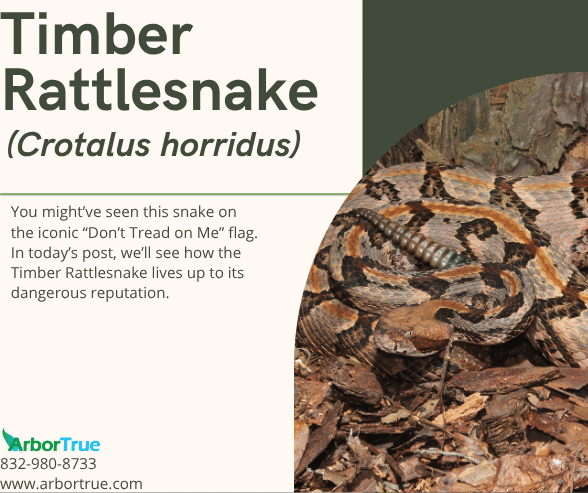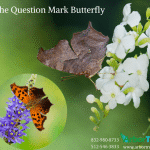
The Question Mark Butterfly
June 5, 2024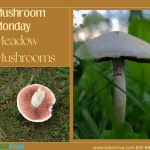
Mushroom Monday: Meadow Mushroom (Agaricus campestris)
June 10, 2024
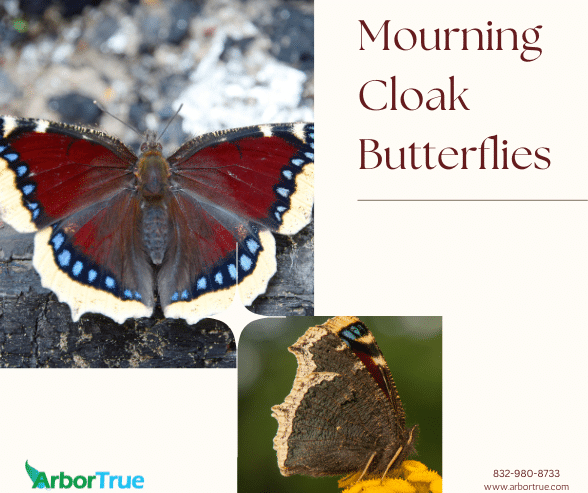
Mourning Cloak Butterflies
In two previous posts, we wrote about two common trees in Austin, Texas: the Cedar Elm and the Sugarberry. In them, we mentioned two butterflies that use the trees as hosts for their larvae: the question mark butterfly and mourning cloak butterfly. We wrote about the question mark butterfly, and in today’s post we look at the mourning cloak butterfly.
Their Name
The scientific name of mourning cloak butterflies is Nymphalis antiopa. Their common name, mourning cloak, comes from the idea that they look like an old style of cloak that used to be worn by people who were mourning.
What do Mourning Cloak Butterflies Look Like?
Mourning cloak butterflies are reddish brown in color when viewed from above. Their wings have a yellow edge, and in between the yellow edge and the reddish brown there’s a black band that has violet/blue dots. The edges of their wings are scalloped.
The underside of their wings is more muted in color. It’s blackish gray with fine lines and an edge with a cream color. When their wings are closed, they are more camouflaged, and can look like bark or dead leaves.
Relatively, their wingspan can be large and can get to between two and a half and four inches. Their front legs are small, hairy, and not used in walking.
What do Mourning Cloak Butterfly Larvae Look Like?
The larvae stage (caterpillars) of mourning cloak butterflies are black in color with small white-colored dots. They have spines on their backs and reddish/orange spots. Their legs are a dark shade of red. They can get to be around two inches long.
How do Mourning Cloak Caterpillars Live and Eat?
As caterpillars, they are sometimes referred to as spiny elm caterpillars. They live in groups within webs and also eat as groups consuming leaves from trees such as elms. Fascinatingly, they can eat so much that they can consume all of the leaves on branches.
What do Mourning Cloak Butterflies Eat?
As butterflies, they eat things like fruit that’s decaying and sap from trees. In fact, it’s rare for them to consume nectar from flowers. This is similar to the question mark butterfly.
What Eats Mourning Cloak Butterflies?
At all stages of their lives they are eaten by a variety of things including birds, beetles, and ants.
Where can Mourning Cloak Butterflies be Found?
Mourning cloak butterflies can be found in forests. Additionally, they can also be in more open places like parks. They live across the globe.
How do Mourning Cloak Butterflies Deal With the Cold?
Before they can fly, mourning cloak butterflies have to have a body temperature at around 65 °F. Butterflies generally sit out in the sun to get warmer. However, mourning cloaks can shiver. In a short time, they can increase their body temperature by fifteen or more degrees.
As adults, mourning cloak butterflies can live up to ten months. They become adults around the middle of summer, will enter a state of dormancy until the beginning of fall, and then eat again until winter. To make it through winter, they enter a state of hibernation. They come out of hibernation in the spring when they mate. While they are overwintering, their colors can fade.
What’s an Interesting Fact About Mourning Cloak Butterflies?
Mourning cloak butterflies have an official status in Montana, as the state’s state insect.
If you found this information about helpful, check out our other posts on our TrueTreeTalk blog. Follow us on Facebook to keep up with these and other posts. Check out our list of blog posts grouped by topic for more to read. Also, follow us on LinkedIn for industry-related posts.
* * *
ArborTrue is a science-based tree service company in the greater Houston area. We also serve Austin and other parts of Central Texas. We provide a range of services including tree trimming, tree pruning, tree removal, tree planting, arborist consultations, and more. Call us today at 832-980-8733 (Houston) or at 512-546-3833 (Austin) or reach out to us online to schedule an appointment.
ArborTrue has a dedicated landscaping division, now serving select areas in the greater Houston region—with more locations coming soon. We specialize in organic practices, soil biology, and ecological health to help your entire landscape truly thrive. To learn more or schedule a consultation, contact us at landscape@arbortrue.com.


